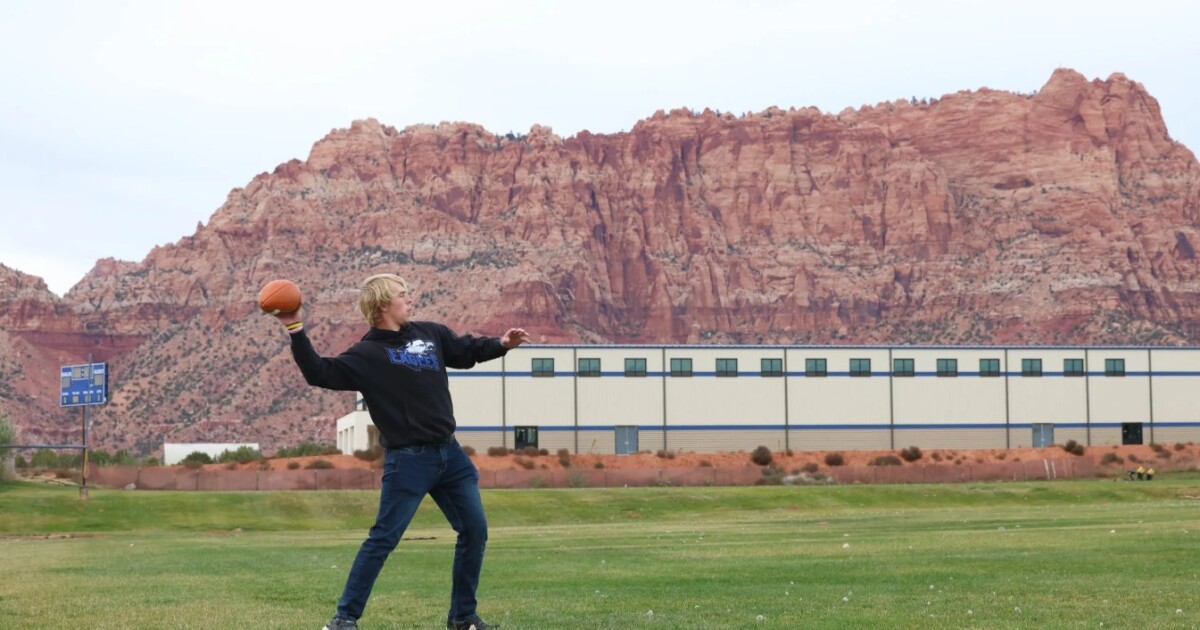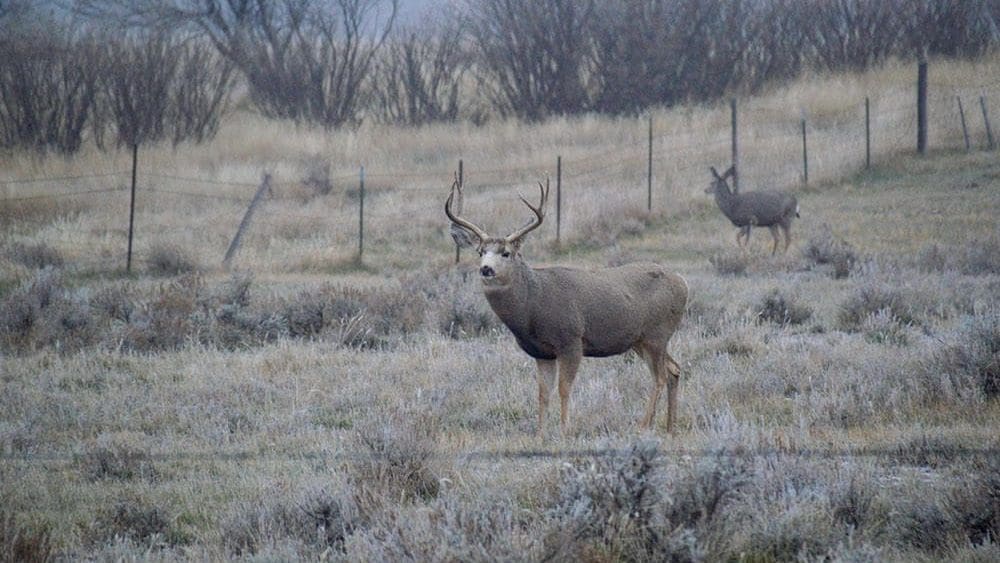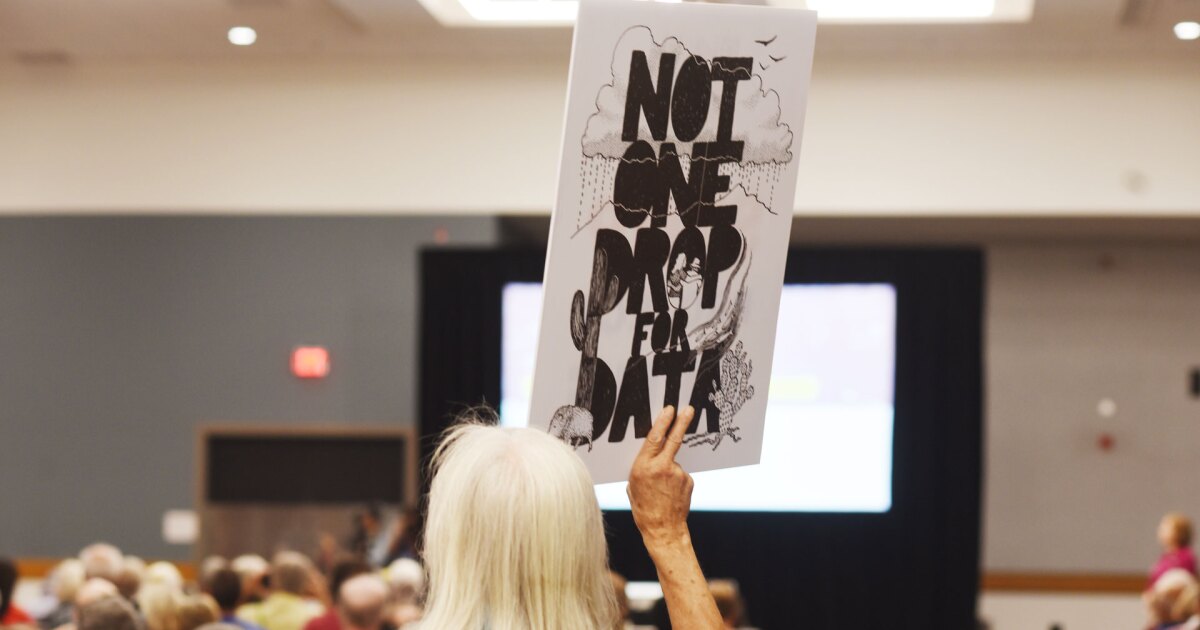After more than a year of stalled discussions, a new proposal is bringing hope to the complex negotiations over the Colorado River’s water distribution. This significant shift may finally lead to an agreement among state water leaders to fairly share the river’s dwindling resources.
The Colorado River, a vital water source for approximately 40 million people across seven U.S. states and Mexico, is facing severe reductions due to climate change. This has necessitated a reconsideration of how its waters are allocated. Previously, the states have been deadlocked over interpretations of a century-old legal agreement.
The new proposal suggests a more realistic approach by allocating water based on the river’s current conditions rather than historical guidelines. “We finally have an approach that at least allows a glimmer of hope that the laying down of arms is possible,” stated John Fleck, a water policy researcher at the University of New Mexico.
Negotiations have primarily focused on the amount of water that the Upper Basin states—Colorado, Utah, Wyoming, and New Mexico—must release from Lake Powell to the Lower Basin states of California, Arizona, and Nevada. Under this new proposal, water release would be pegged to a three-year rolling average of “natural flows,” essentially measuring water flow in the absence of human interference.
This plan represents a significant shift in strategy, moving away from legal wrangling over historical documents to a cooperative approach based on current climate conditions. “This new approach gets beyond the obsessively arcane discussions about various interpretations of laws written 100 years ago,” noted Fleck. “It says, ‘Look, we all have to share this river. We have to do some math about how much water it really has.'”
The proposal was initially presented at a meeting of the Arizona Reconsultation Committee, where Arizona’s water leadership convenes. Tom Buschatzke, director of the Arizona Department of Water Resources, hailed the plan as “innovative.” He shared, “I was very pessimistic that we were on a path towards litigation. I’m more optimistic now that we can avoid that path if we can make this work.”
The plan is now under review by the Bureau of Reclamation, which will use modeling to determine the precise water flow between the Upper and Lower Basins. With the 2026 deadline for current water-sharing rules looming, time is of the essence.
Colorado seems cautiously supportive, with Becky Mitchell, the state’s top water negotiator, stating, “The natural flow approach is one way to achieve this, if it is done right.” However, a consensus is needed among all states, as historical interpretations of the 1922 Colorado River compact have long fueled disagreements.
Mitchell further commented, “There is no doubt that Arizona views things differently than the Upper Division States, and a successful framework will set aside our differing views and focus instead on the health and sustainability of the Colorado River System for all who depend upon it.”
This article is part of KUNC’s ongoing coverage of the Colorado River, supported by the Walton Family Foundation.
—
Read More Arizona News










